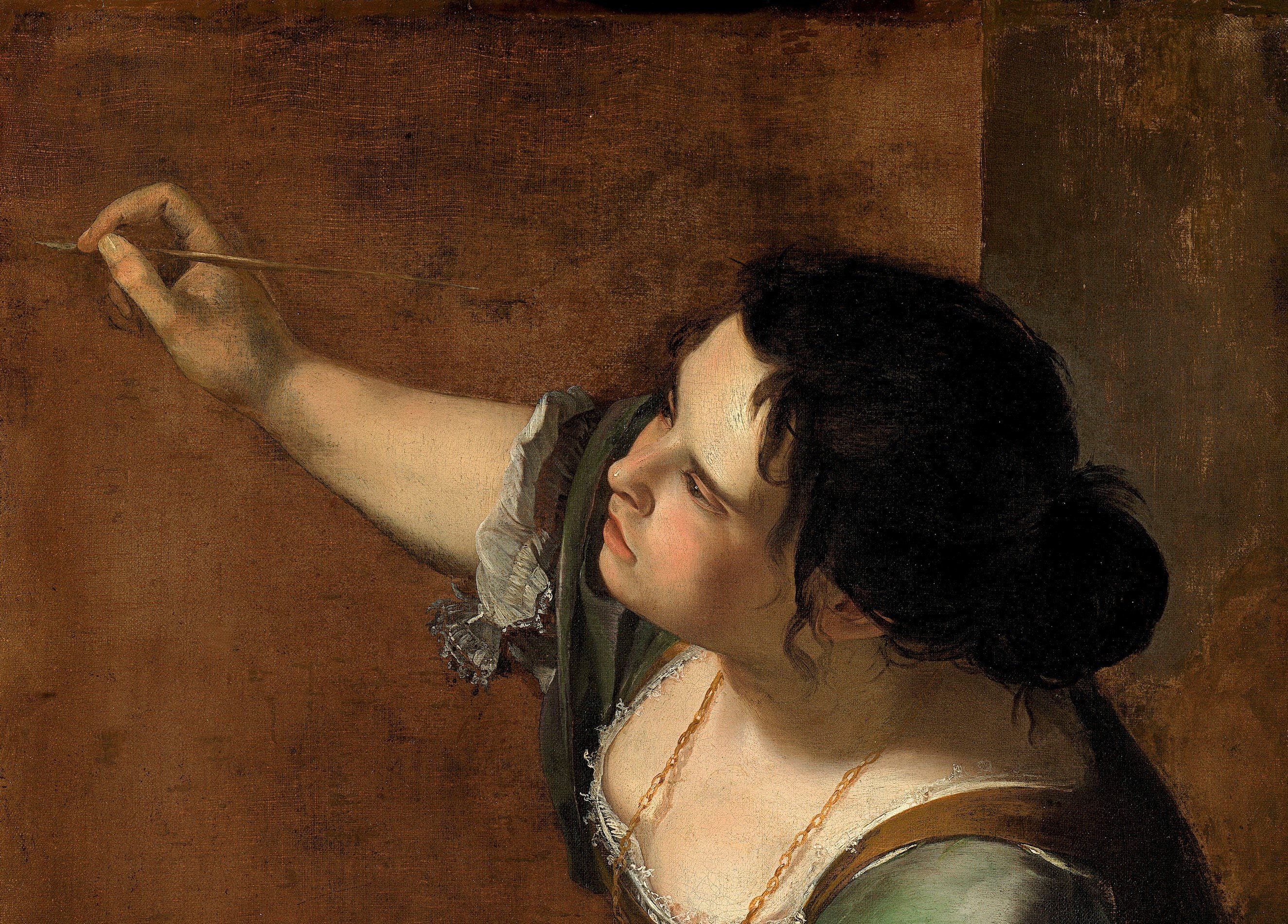
Women Artists
The lives and works of creative women
Album: Queen Mary's Visiting Book, 1901.
1901RCIN 2918641
Women bookbinders of the late-nineteenth and early-twentieth centuries received little in the way of formal training. Although they were traditionally welcomed into professional binderies to undertake the perceived feminine task of sewing together the leaves of a book to form a text block which could then be bound, they were not admitted to technical classes, or apprenticed to learn what were thought to be the more masculine skills of forwarding (shaping a text block and covering it in leather) or finishing (applying decoration to the covers and spine). Some wealthy women could afford to pay for training in all aspects of bookbinding, but this generally would not last for more than a few months. Because of this, many women bookbinders were not as aware of traditions of bookbinding styles, and their designs were more experimental.
Frank Karslake, a bookseller, saw the desirability of the freer designs executed by women, and set up the Guild of Women Binders in 1899, where women were trained in bookbinding and their work sold to collectors. His daughter Constance Karslake, and two sisters Edith and Florence de Rheims, were considered the Guild’s most accomplished binders; however, books by the Guild are rarely signed by individual craftswomen. By 1904, Karslake’s enterprise had foundered. It appears he was passing off work by the professional, male binders of the Hampstead Bindery as work by women of the Guild. It is not easy to tell how much of the gold-tooled and inlaid leather decoration of the visiting book belonging to Queen Mary (when Duchess of Cornwall and York) was the work of a woman and how much was by a professional male binder: it is a skilful and well-executed binding.







